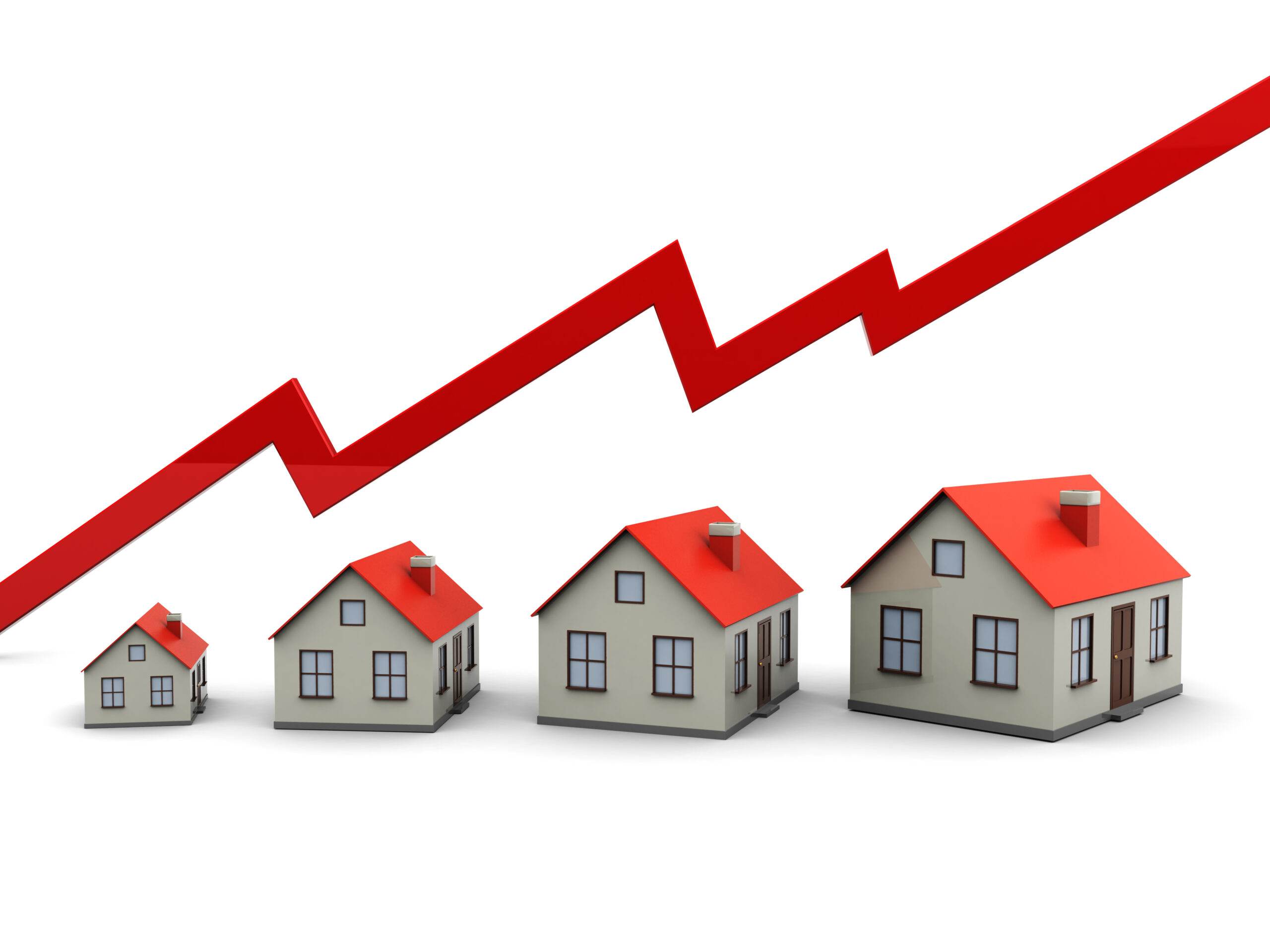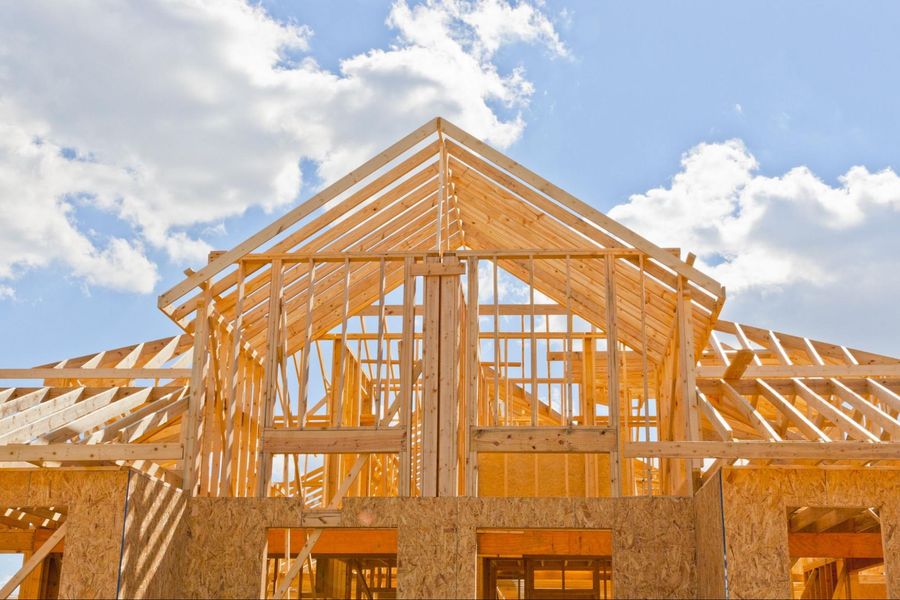The home building industry is under extreme price pressures these days due to soaring increases in the cost of building materials, a tight labour market, and interest rate hikes which have made it more difficult for developers to finance projects and dampened consumer enthusiasm for buying.
We seem to be caught in a never-ending cycle of problems. The worst-ever spring wildfire season has also forced the forestry industry to shutter sawmills, driving up lumber prices and setting back construction. Out-of-control wildfires raging across Canada have broken records for total area burned. Year to date, more than 11 million acres have been destroyed, or three per cent of our forests. One timber analyst notes that the unprecedented wildfires will only drive lumber prices higher.
Since the start of the COVID pandemic in the first quarter of 2020, Canada’s Residential Construction Price Index has risen 51 per cent, well outpacing the Consumer Price Index which is up 13 per cent.

What Does the Future Hold?
After raising the interest rate 10 times since March 2022, most financial expect the Bank of Canada to hold them at a 22-year high of five per cent until the end of 2023, before starting to cut rates in March 2024. However, the costs of materials and labour are still a concern for builders.
The cost of building homes and apartment complexes across 11 major Canadian cities was up 54 per cent in the first three months of 2023 compared with the same period in 2019, according to recently released Statistics Canada data.
The Canadian Home Builders’ Association reports that the cost of materials for a typical 2,400-square-foot home is now around $67,000 higher than it was pre-pandemic, with lumber alone accounting for roughly $24,000 of that.
A separate report from RBC indicates that, going forward, the rising cost of raw materials and the shortage of workers will challenge efforts to grow the housing stock.
The report, authored by RBC economist Rachel Battaglia and assistant chief economist Robert Hogue, notes that while lumber prices have contributed to the rise in housing costs, there has also been a dramatic rise in the prices of concrete and steel, which are up 55 and 53 per cent respectively, from the first quarter of 2020.
Lumber production, meanwhile, declined 11 per cent between the first quarter of 2020 and 2023.
Charges and Fees Stymie Industry
According to the RBC report, increased development fees and levies are another main reason housing is being stymied.
Development fees are levied by municipal governments and intended to fund the infrastructure required to support a new development, such as roads and transit.
According to the RBC report, the fees increased significantly last year for single and semi-detached units.
We must reduce development charges and the HST on new housing. They have increased well over 1,000 per cent in two decades without any meaningful justification.
The Canadian Centre for Economic Analysis (CANCEA) indicates in a report that taxes and fees on the purchase of a new home in Ontario account for 31 per cent of the price, up from 24 per cent in 2012.
The federal government gets a good chunk of that amount – 39 per cent to be exact – but surprisingly invests only 7.1 per cent in public infrastructure.
It is challenging enough for developers to build more homes when various taxes account for such a large chunk of the cost of a home. It is equally disconcerting, to say the least, when the funds collected by the federal government are not properly reinvested into public infrastructure for the future.
The feds must change course and begin investing more of the taxation revenue they collect from new home construction to build and maintain public infrastructure that supports the growth of new housing.

We Are at a Crisis Point
Sadly, we are not building anywhere near the supply we need and have reached a crisis point. In fact, that is exactly the stark warning in a report by the Ontario Chamber of Commerce.
The report warns that housing affordability, previously considered an urban issue, is now impacting communities of all sizes across Ontario, hampering the ability of businesses to attract talent, and adding to challenges with ongoing labour shortages, an aging workforce, and the housing crisis itself.
The situation is creating a domino effect.
As mid-to-high-income earners are priced out of the real estate market, they are increasingly occupying market rental housing for longer, which contributes to low vacancy rates and rising rental rates.
It is time for critical action. To fix the problem, it is imperative that we find ways to move development approvals through the system quicker, get shovels in the ground faster, and speed up the building process. We must also find ways to improve densification of housing in our cities, especially in Toronto.
And we must lower development charges.
The housing situation is serious. We can’t afford any delays.
Richard Lyall is president of the Residential Construction Council of Ontario (RESCON). He has represented the building industry in Ontario since 1991. Contact him at media@rescon.com.









